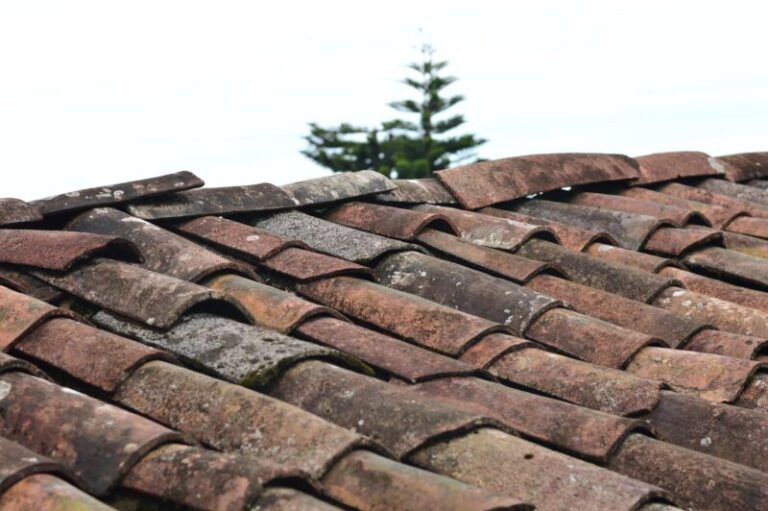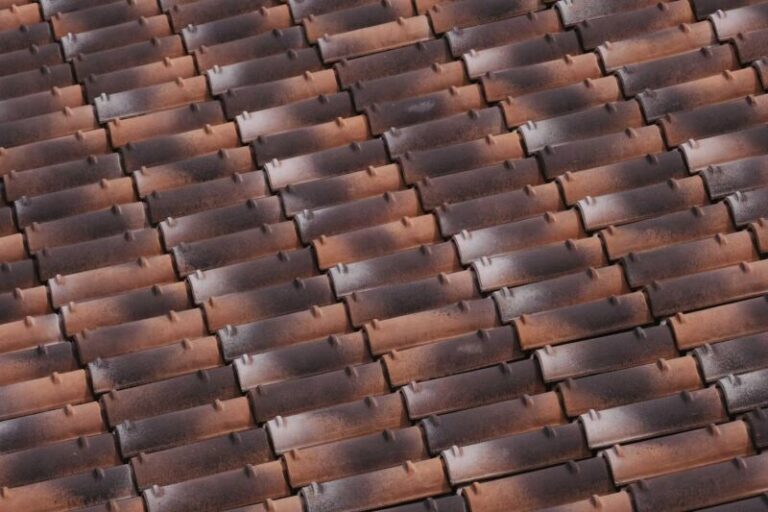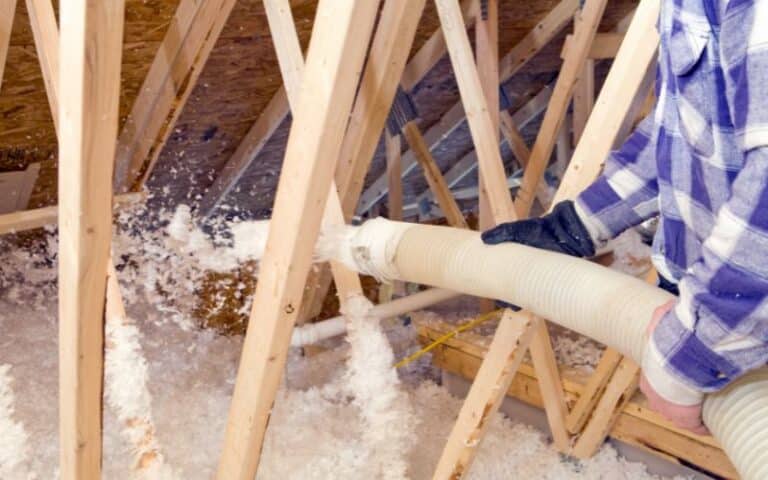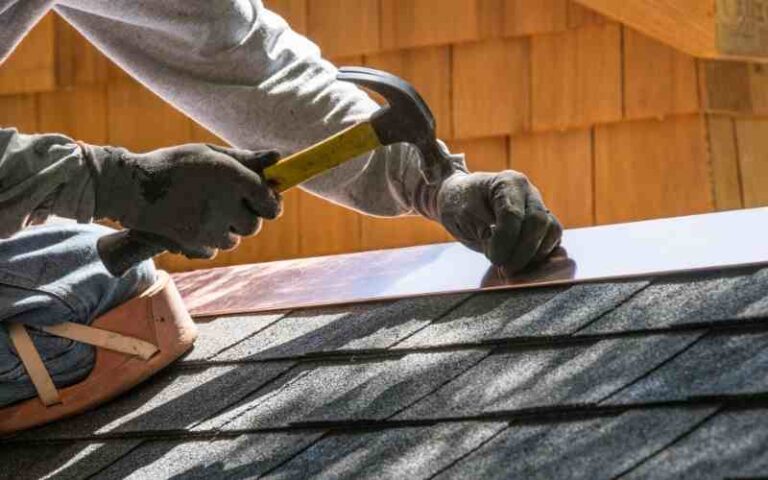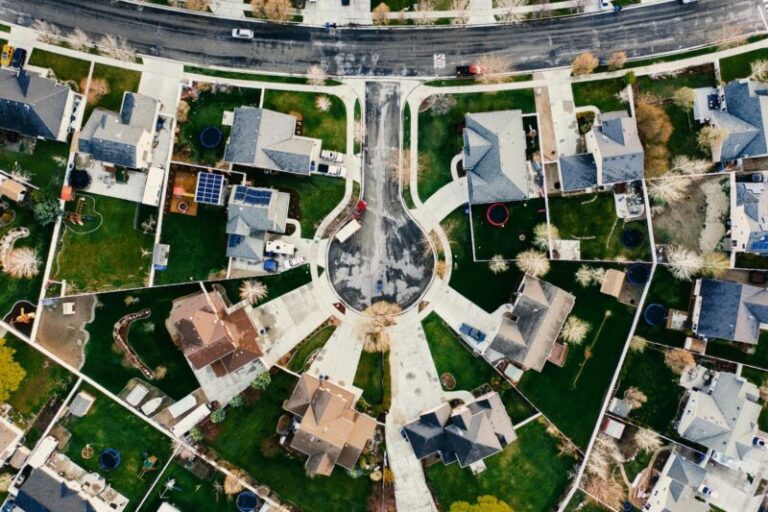Plywood is a type of wood made from several stacks of other woods. It is versatile, strong, and affordable.
Due to these qualities, Plywood is used for different projects such as the construction of boats and decks.
Do you want to replace the Plywood with deck boards, and you don’t want to remove the already existing Plywood?
Plywood under deck boards is a good idea, but there are a few factors to consider; the age of the Plywood, signs of rotting, and the type of Plywood used. Placing deck boards over Plywood makes a deck more studier and stronger.
Ready for a Roofing Quiz?
Can I Use Plywood for Decking?

You can use Plywood for decking if you protect it from harsh weather conditions. You can cover the upper surface with water-resistant material, like the Dura deck.
And building it slightly from the ground to avoid direct contact. Plywoods, when used for decking, are beneficial compared to normal woods.
It is less expensive and never shrinks. It has high tensile strength due to the stack of several veneers; therefore, it can withstand twice its weight. Deckings most times get rotten from excess water retention.
Some plywoods (the marine grade plywoods) are treated with waterproof glue and other chemicals that make decks water resistant and stay long without rot.
Plywoods are treated and coated with chemicals that are fire-resistant and non-combustible, which reduces fire spread in times of accidents.
Natural wood has its advantages, as does Plywood. What you use them for makes them even more advantageous.
Compare both of them and know the one that best suits what you will use them for. Table 1 shows this comparison.
| Particulars | Plywood | Natural wood |
|---|---|---|
| Malleability | Plywood is malleable. | It is stiff. |
| Water resistance | It is very water-resistant. | It can retain water to some extent. |
| Strength | It is not too strong. | Solid wood is considered very strong. |
| Appearance | Not a decorative product with other added finishing. | It gives a very eye-catching finish |
| Durability | It’s durable. If maintained, it will last 10 to 40 years. | It is even more durable than Plywood. |
Plywoods occupy more space compared to other deck boards. Because of this, there is a reduction in construction time, requiring less skilled labor to fix.
What kind of Plywood do you Use for a Deck?
It would be best if you used Plywood that is chemical-resistant, easy to fix, strong, and cheaply for decking.
Exterior Plywood, marine-grade Plywood, and pressure-treated Plywood are just a few examples.
Marine-grade Plywood is the best quality to use for decking. It possesses the above qualities, especially durability and weather resistance.
Marine-grade Plywood was named for its use in building boats and docks; its resistance to cracks when stressed makes it very useful.
Laying this kind of Plywood with the tongue and groove method will create a flat surface.
The most common Plywood used for a deck is the CDX plywood. It is the grade X type of Plywood used to construct buildings, exterior walls, and roofs. CDX is not expensive and is the best alternative if you cannot afford marine-grade Plywood.
To make the CDX stay water-resistant for a long time, you need to visit it with a urethane finish or cover it with a Dura deck.
Other kinds of plywoods for decking include pressure-treated plywoods, which are made from infusing chemicals and plywoods under certain pressure.
This kind of Plywood is known to have the best resistance to mold and mildew. It is rated for ground contact because it can last long, even with poor drainage.
There are varieties of Plywood for outdoor purposes. When choosing which one to use, you should consider the cost, besides its strength, weight, and appearance.
It is best to ask a professional who will make a good choice for you to have your budget in mind.
Can I Use Plywood for an Outdoor Deck?
You will only want to use Plywood for outdoor purposes if you are using Plywood made for outdoor purposes.
Plywood has several veneers, which can depreciate with bad Weather. Plywood like pressure-treated plywoods, CDX sheathings, and marine plywood can be used for decks.
Snow, sun, and rain can destroy Plywood in a few years. Plywood made from Douglas fir is strong and can resist water, heat, and humidity.
What Thickness of Plywood should be used on a Deck?
Before choosing the plywood thickness, you must consider the joist spacing and thickness and the estimated weight the deck will carry.
The most common types of joint thickness are four-quarter ( thickness of ¾ inches), five-quarter boards, and eight-quarter ( the thickest).
Joist is the bone structure of a decking. It holds the weight of the decking and any added weight afterward.
The type of joist you use, the spacing between the joist, and the thickness of the joist determine the thickness of the plywood board you will use.
If you want your decking to withstand plenty of weight, then consider using a thick joist.
The most common types of joists are 2×8 or 2×10. When using this kind of joist, you should minimize the spacing between the joist.
For strength, durability, and longevity of the deck, make use of the inch or 8-quarter plywood.
How do you intend to use the decking? If you intend on putting a heavyweight, use thick, strong Plywood like marine-grade Plywood should be used, and you should consider a closer joist.
If your decking withstands a lighter weight, then lighter and soft Plywood with less joist spacing can be used.
To save money and reduce stress and cost, you need to plan well before starting to build a deck.
Know the estimated weight you intend your deck to hold, then get Plywood that can support the weight.
How Do You Lay Plywood Under a Deck Board?
Laying Plywood on the joist as a base before installing a deck board is a great idea that makes stronger and more durable decks.
Below are a few steps you can follow to install Plywood under a deck board.
- After arranging the joist, apply adhesives all around it.
- Let’s say you are using tongue and groove plywood; then you have to start by placing the Plywood on the wall with the tongue facing the wall.
- Place the second Plywood on the applied adhesive with the tongue and groove locking heads. make sure they interlock without any space
- Start fixing the Plywood toward the outside. There should always be overhanging Plywood. Let’s say you are using an 8-foot. If you start with an 8 foot, the next sheath should be 4 feet. This staggering makes the joints stronger.
- After laying the plywoods, you need to cut the excess overhanging plywoods. Strike a straight around the build using a rope dip in paint, and then saw off the excess. The work is halfway to completion. After laying the Plywood, you can install the deck on the top.
Conclusion
Plywood is an ideal decking material, and due to its qualities, many professionals advise its use in decking. So the choice is yours to make.
How you want your deck to look, and how much weight you want it to carry. And how resistant you want it to come from the wood you use.
Recommended: All You Need To Know Hardie Board Post Wrap.

